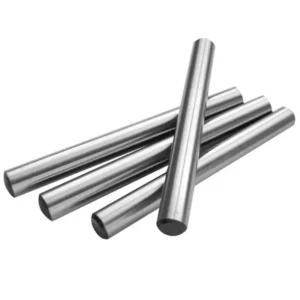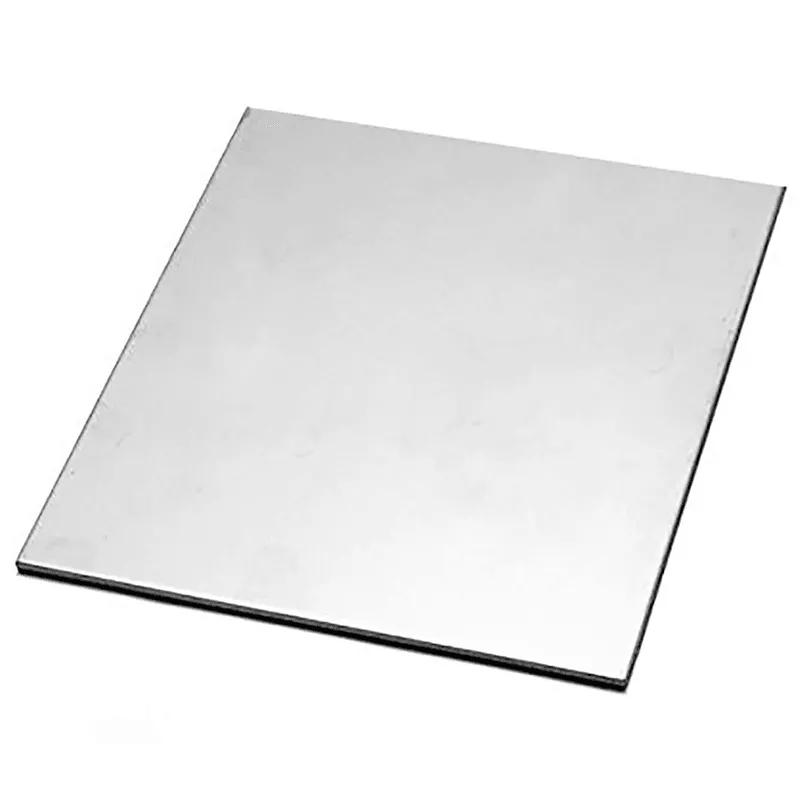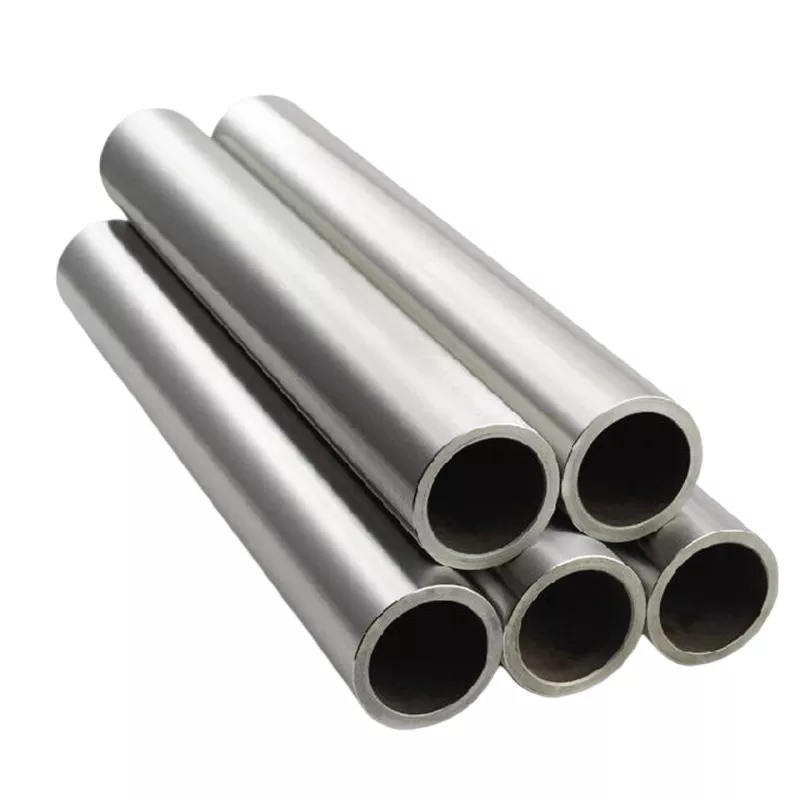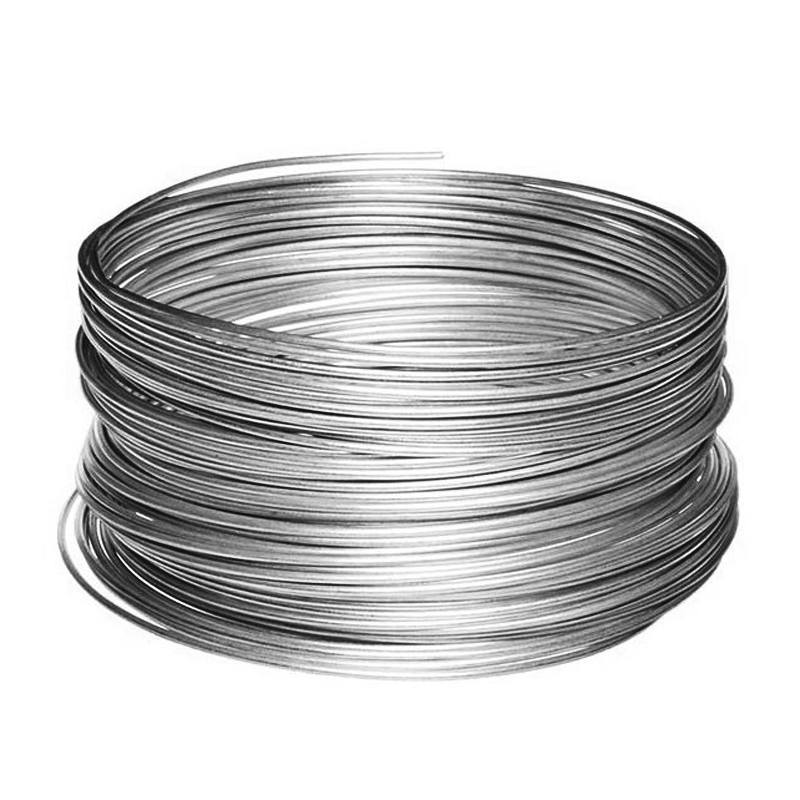I. Overview of titanium bars:
Commercial Pure (CP)titanium rods and titanium alloy rods are new type of structural materials, due to titanium has a high melting point, low specific gravity, high specific strength, good toughness, fatigue resistance, resistance to acid and alkali corrosion, low thermal conductivity, high and low temperatures, good resistance, and low stress under rapid cold and heat conditions. so It is used in aviation, aerospace and other high-tech fields, and is constantly promoted to the chemical industry, petroleum, electric power, seawater desalination, construction, daily necessities and other industries.

II. Titanium bars commonly used grades
National standard grade: TA1, TA2, TA3, TA7, TA9, TA10, TA15, TA18, TC4, TC4ELI, TC6, TC9, TC10, TC11
American Standard:GR1,GR2,GR3,GR5,GR7,GR12
III.Titanium rod production process:
Hot forging – Hot rolling – Annealing and straightening – Turning (grinding) – Polishing – Flattening – Inspection – Packaging
IV.Titanium rod implementation of common standards:
National standard: GB/2965-2007, GB/T13810
American Standard: ASTM B348, ASTM F136, ASTM F67, AMS4928
V. Titanium bar specifications: (diameter * length / mm):
6mm-250mm * L
VI. Titanium bars supply state: hot working state, annealed state
VII. Citation standards
1, GB 228 metal tensile test methods
2, GB / T 3620.1 titanium and titanium alloy number and chemical composition
3, GB / T 3620.2 titanium and titanium alloy processing products, chemical composition and composition of the allowable deviations
4, GB 4698 titanium sponge, titanium and titanium alloy chemical analysis methods
VIII. Technical requirements for titanium rods
1, the chemical composition of titanium and titanium alloy rods should be consistent with the provisions of GB / T 3620.1, the need for repeated testing, the permissible deviation of the chemical composition should be consistent with the provisions of GB / T 3620.2. TA10 (Ti-0.3Mo-0.8Ni)
2, the diameter or length of hot-worked bar and its allowable deviation should be consistent with the corresponding provisions.
3, hot machined by turning (grinding) bar and cold rolled, cold drawn bar diameter allowable deviation shall comply with the industry regulations.
4, hot machined by turning (grinding) light bar should not be more than half of its dimensional tolerance of out-of-roundness.
IX. Applications:
Because of all above features,titanium bars are commonly used in aerospace, aviation, navigation, ships, seawater desalination, petroleum, chemical industry, machinery and equipment, nuclear power equipment, electric power equipment, automobile and motorcycle parts, sports and leisure, medical parts, iron and steel and metallurgy, high and new technology fields.






